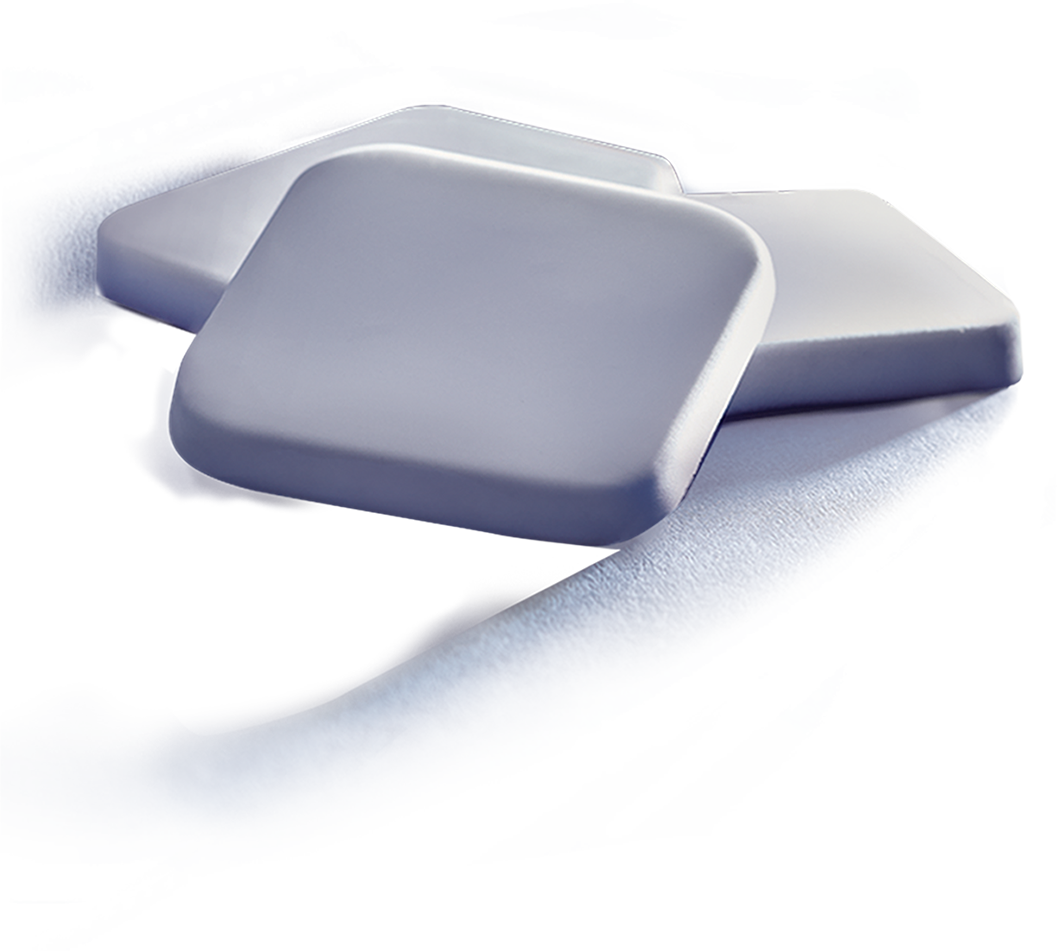Indications and Usage
XARACOLL is indicated in adults for placement into the surgical site to produce postsurgical local analgesia for up to 24 hours following open inguinal hernia repair.
Limitations of Use
Safety and effectiveness have not been established in other surgical procedures, including orthopedic and boney procedures.


